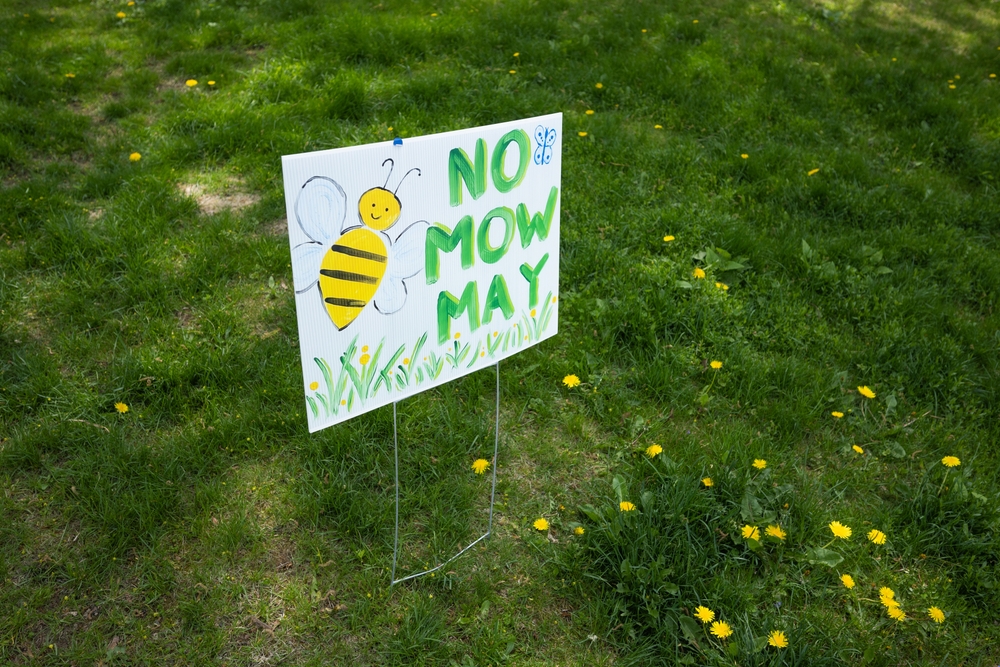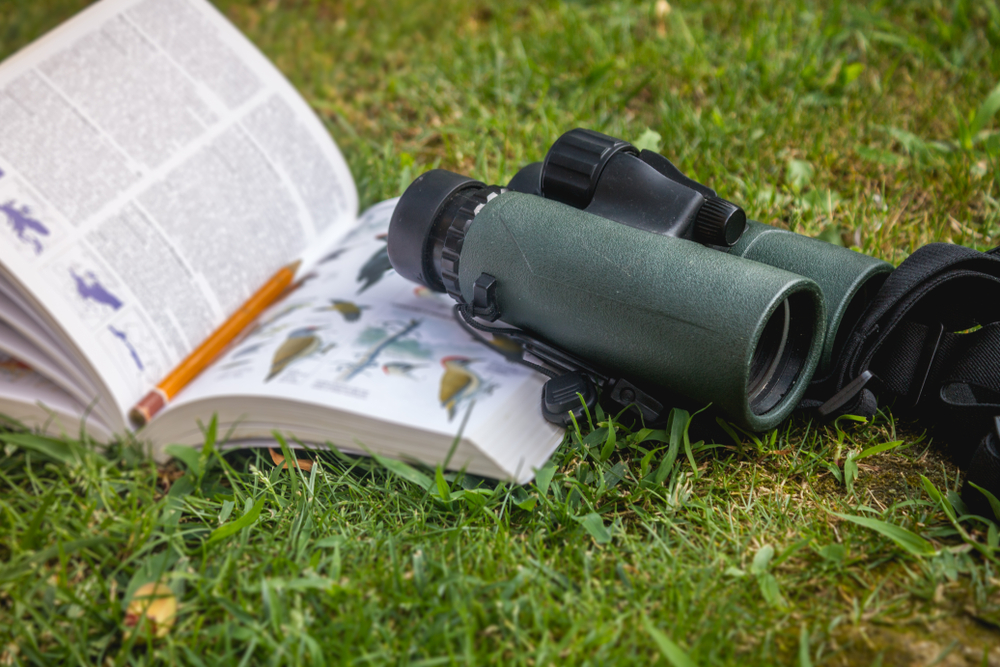Consumer power and legislation have spurred cosmetics firms to devise new ways to assess their products for safety. Welcome to the end of animal testing.
Ursula Sautter | March 2008 issue

In the laboratories of Skinethic, a research-and-development subsidiary of French cosmetics giant L’Oréal in Nice, something is stirring. Colonies of keratinocytes—human epidermal cells harvested from donors during plastic surgery—are growing in small plastic vials filled with a collagen gel and a culture medium consisting of water, sugar and amino acids. Feeding on this nutrient solution, the keratinocytes busily proliferate until, clamped into a tiny ring, they reach a size of about five millimetres in diameter. Then the tissue, which its creators call Episkin, is exposed to the air for about 10 days so the surface can dry and age into a tough layer of what feels and looks like—and actually is—real human skin.
The Episkin model isn’t the latest advance in tissue engineering. In fact, its main potential doesn’t apply to human beings at all. The synthetically produced skin could spare thousands of rabbits and guinea pigs the suffering they experience as a result of cosmetic-ingredients testing.
Episkin is one of a number of innovations designed to replace the use of animals in tests of possible side effects caused by the chemicals in cosmetics. Some of these novel procedures require petri dishes, pipettes and similar paraphernalia; others just need a sophisticated algorithm and a (computer) mouse. Whether animal or digital in nature, these new techniques have already put a permanent end to the practise of trying out new shampoos, lotions, powders and lipsticks on lab animals, and may do the same for the testing of chemicals, including cosmetics ingredients, still required today.
Animal-rights activists began decrying animal tests on cosmetics back in the 1970s. But it took the commitment of people like the late Anita Roddick, founder of The Body Shop, to raise awareness of the issue. A 1996 Body Shop no-animal-tests petition to the European Union, for instance, carried more than 4 million signatures. With Roddick and a growing number of like-minded entrepreneurs advocating the abolition of animal tests, shoppers began paying attention—and as a result, so did cosmetics companies.
Of course, it’s not just good corporate citizenship that inspired innovations like Episkin. Starting in March 2009, new EU legislation will ban products with ingredients that were tested on animals, requiring companies like L’Oréal, Procter & Gamble, Unilever and others in the $91 billion cosmetics-and-toiletry industry to develop alternatives. (A handful of more complex safety-assessment methods won’t be banned until 2013.)
L’Oréal alone has devoted more than $1.5 billion to alternative testing methods during the last two decades or so, and its competitors are not lagging far behind. “The legal and ethical requirements—and the scientific tools that are becoming available—will lead to a fundamental rethinking of the way in which we approach safety assessments,” predicts Bertil Heerink, director general of Colipa, the Brussels-based European trade association for the cosmetics, toiletry and perfume industries.
Test-tube (in vitro) methods involving reconstructed human skin are particularly promising. Episkin has even proved more reliable than traditional animal tests in assessing a substance’s potential for irritation. The tissue can be immersed for hours in whatever medium is to be tested—a body scrub, say—after which researchers use biomarkers to check for cells that have died off or become irritated. Episkin can also be made to resemble aged skin by exposing it to high doses of ultraviolet light. Or it can be treated with pigment cells, so-called melanocytes, that give it that golden-brown colour so sought after by sunbathers.
Donor cells come from people of a range of ethnic backgrounds, so technicians can cultivate a whole spectrum of tones, allowing the experts to examine the efficiency of sunscreen, for example, on various skin types. And since Episkin has proved to be a success in epidermal tests, the search is on for procedures that can be used for other types of human tissue.
If the thought of human skin in a petri dish makes you leery, computer simulation can also predict the physiological effects of a substance, based on its chemical composition, preventing the need for in vitro tests altogether. These so-called in silico programs create detailed simulations of chemical interactions inside a computer, based on the results of actual tests.
Researchers at the German consumer-goods manufacturer Henkel, at which cosmetics-and-toiletries sales amounted to $4.2 million, have fed the experimental and toxicological data from raw material tests into (Quantitative) Structure Activity Relationship, or (Q)SAR, software. (Q)SAR could conduct a virtual experiment of its own using that data, and worked out the likelihood that an ingredient would cause, say, skin sensitization. With that kind of information, product designers can decide whether a new formulation is worth the effort and investment of further development—without ever touching a rabbit.
“We gain a lot through our activities in this field,” says Patricia Pineau, scientific director at L’Oréal, “most of all by increasing our acceptance by consumers concerned for animal welfare.”
There are other profits too. According to Thomas Hartung, head of the European Centre for the Validation of Alternative Methods (ECVAM), “Many companies are interested in participating at an early stage because they will be able to use their innovative methodologies for predictive testing, agent discovery and agent profiling even before the tests become mandatory. They promise higher throughput, lower costs and better public acceptance—and thus offer real market advantages.” Indeed, the European Commission estimates that the introduction of the new procedures could result in savings of up to $1.6 billion.
The most infamous test is certainly the Draize eye test, in which ingredients are dripped into the eyes of rabbits to test the effects on the cornea. The test can cause anything from mild itching and burning to corrosion and even blindness. ECVAM is currently considering about a dozen different alternatives, one of which involves the use of cow eyeballs discarded during the slaughtering process. In eight different studies, cow eyeballs were brought into contact with some 158 substances and then checked for changes in the opacity and permeability of the cornea. Evaluating the studies, experts agreed that the bovine tests could be employed for effective screening of aggressive irritants.
Still, some think that live animal testing is the best option—and that those live animals should be human beings. “We don’t feel that it is necessary to test the products we develop on animals when we can do it with people instead,” says Steen Resen, export manager at Urtekram, a small Danish natural-cosmetics-and-food company. “And we are very serious about that.”
When the firm’s R&D department has concocted a new shampoo, for instance, samples are handed out to staff volunteers who take them home and use them for a couple of weeks. If side effects arise, they are duly noted—as is the texture of the foam and the nuances of the smell. “It feels good to be a human guinea pig and get some real hands-on involvement in the development process,” argues Urtekram Product and Communications Manager Sanne Lindhardt, who has been part of some 100 harmless tests with hair-care products, body scrubs and deodorants. “And it feels great to save some animals.”
The days of cosmetics testing on animals in the EU are numbered, but that isn’t true elsewhere. In many countries, including the United States, animal testing is still in use. While the U.S. Food and Drug Administration supports the development of alternative safety-assessment procedures, no American ban on the practise is in the offing. “Our final goal is that our validated tests become an OECD-accepted methodology,” says ECVAM’s Hartung. “Once tests are performed according to that organization’s guidelines and its principles of good laboratory practise, the results have to be accepted by other countries. This mutual acceptance avoids the need for companies to repeat experiments for authorization to market products abroad.”
Still, the cosmetics industry in the EU is proving it can be rabbit-free. Given the billions consumers spend on beauty products every year, it’s worth it.











